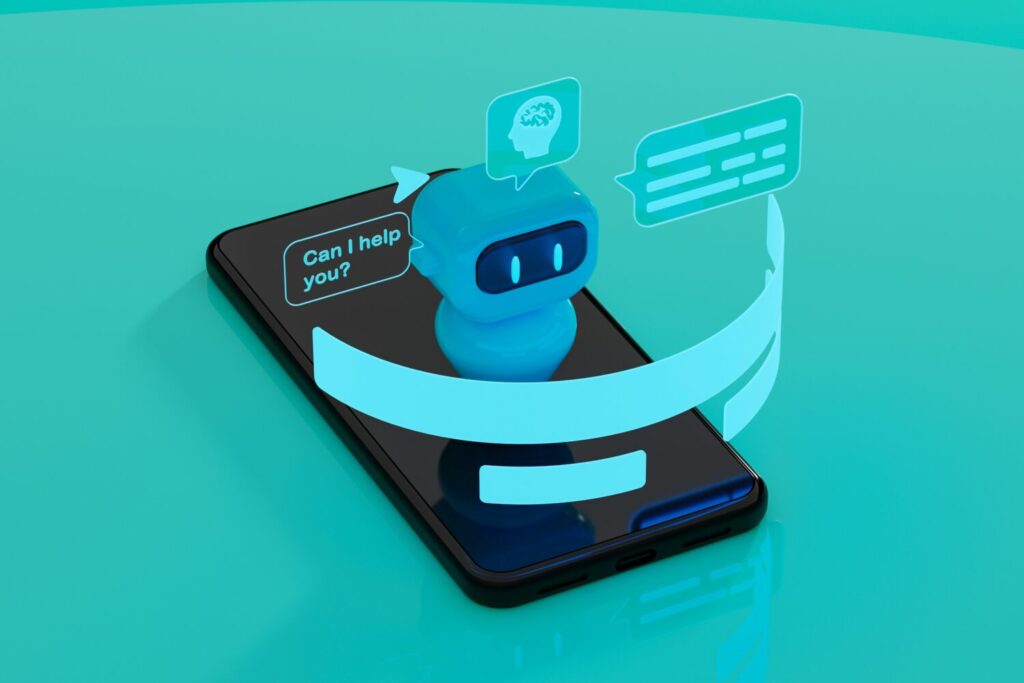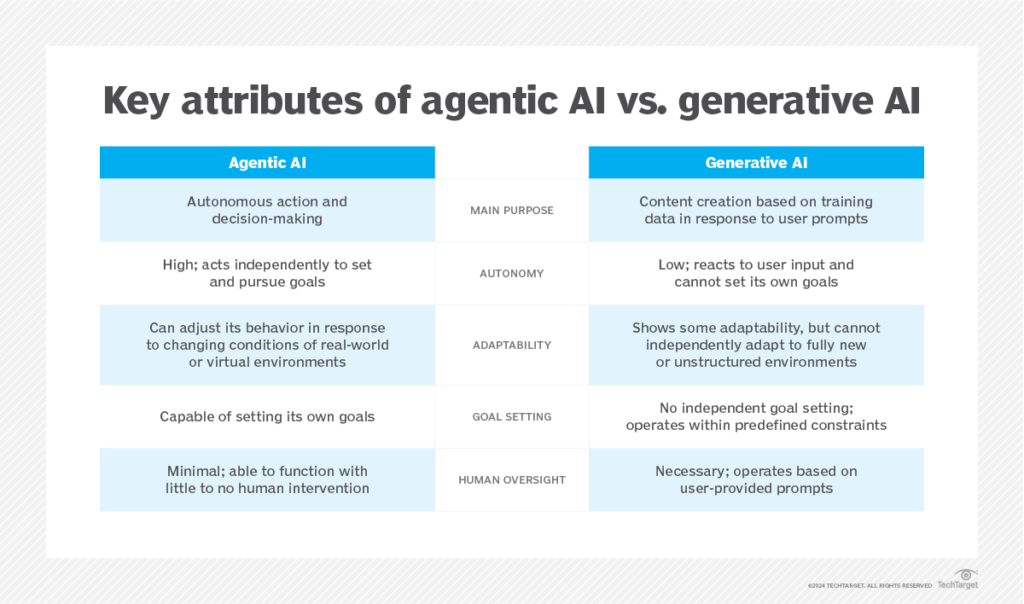Digital Agents Explained

Quick insights
- Digital agents autonomously manage multiple tools and make complex decisions
- Companies testing them report 20-60% faster projects with fewer errors.
- Tech leaders expect widespread use by 2025, reshaping our tech interactions.
From response to action
The digital workplace is undergoing a fundamental transformation. While chatbots and AI assistants handle simple tasks through command-response interactions, digital agents represent something more sophisticated: AI systems that actively collaborate, make decisions, and learn from experience. This shift marks the transition from tools that simply respond to technology that truly engages in getting work done.
Early implementations demonstrate remarkable results, with organizations saving up to eight hours per week as these systems handle increasingly complex tasks (McKinsey, 2024). Yet efficiency gains are just a glimpse of the broader impact on how organizations operate and how we work.
What is a digital agent?
Digital agents excel in conventional AI assistance through their ability to work independently. Rather than following rigid instructions, they plan approaches, coordinate multiple tools, and adapt strategies based on outcomes. This system of multiple interacting elements marks a significant evolution from traditional AI models that simply predict or generate content (Databricks, 2024).
These agents operate through several key attributes that set them apart from traditional AI: they can make autonomous decisions, learn continuously from interactions, and seamlessly coordinate across different platforms. Through ongoing use, they develop a deeper understanding of work patterns and user preferences, resulting in increasingly advanced assistance tailored to specific needs.
How digital agents work
The evolution from traditional AI to digital agents transforms how technology assists us at work. Teams using these systems finish projects faster and make fewer mistakes, with early tests showing 20-60% faster completion rates (McKinsey, 2024).
Digital agents achieve this by breaking complex tasks into smaller, manageable pieces. When given a task, the system first understands what needs to be done and asks for clarification if needed. A manager agent then assigns work to specialized agents, each with its own expertise and tools. These agents work together like a well-coordinated team (Databricks, 2024).
The work happens in stages:
- Understanding what the user wants
- Planning and dividing the work among specialized agents
- Using the right tools and accessing the necessary information
- Improving the work based on results and feedback
- Delivering the final product with a clear record of how it was done
This organized approach lets digital agents handle complex tasks across many fields. In software development, they review code, spot problems, and suggest improvements while keeping track of team progress. Marketing teams use them to run campaigns across different platforms, while financial analysts get better insights through automated market analysis.
What makes digital agents special is their ability to learn and adapt. Unlike older automation tools that follow fixed rules, agents can change their approach based on new information and circumstances. They remember what worked before, helping them get better over time (IBM, 2024).
Digital agents are particularly good at connecting different systems and tools – something that usually requires a lot of manual work. They create smooth workflows across platforms and departments, handling complicated tasks that involve multiple systems and information sources.
The technology foundation
Behind these capabilities lies an advanced combination of technologies that work together seamlessly. At their core is a high-tech AI system that understands human language and makes decisions. This central system coordinates with specialized tools that handle specific tasks, creating a flexible and powerful platform.
The key technical elements include:

Natural Language Processing: This lets agents understand and respond to human instructions naturally, without requiring technical language or programming commands. Think of it as the agent’s ability to understand what you mean, not just what you say.
Knowledge Management: Agents store and organize information intelligently. They don’t just remember facts – they understand relationships between different pieces of information and can use this understanding to solve problems.
Multi-Agent Coordination: Different specialized agents work together seamlessly. One might gather information, another might analyze it, and a third might present the results, all coordinated by a central management system.
Safety Features: Organizations build strict controls over what agents can access and do. This includes carefully defined boundaries for decision-making and data handling that protect sensitive information and critical operations (Forbes, 2024).
Real-Time Learning: Agents improve through use, learning from each interaction and outcome. This continuous learning helps them handle similar situations better in the future while staying within their safety boundaries.
The combination of these technologies creates systems that can understand complex instructions, use various digital tools effectively, and make informed decisions about next steps – all while maintaining security and reliability. As these technical foundations mature, organizations worldwide are beginning to explore how digital agents can transform their operations.
Tomorrow’s workplace
The field is evolving quickly as major tech companies prepare to launch advanced platforms. Corporations like Microsoft and Google are already including agent abilities into enterprise products, while specialized companies develop industry-specific applications (Fortune, 2024). These systems are expected to become integral to daily digital interactions by 2025, fundamentally changing how we work with technology (OpenAI AMA, 2024).
This transition demands a serious rethinking of digital operations. Success depends on understanding that digital agents aren’t just tools to deploy, but collaborators to integrate into existing workflows. Organizations must balance autonomous operation with appropriate oversight, building frameworks that enable effective human-AI cooperation while maintaining control over critical processes.
Making this work in practice takes more than theory – it requires experience and tested methods. At ITSG, we’ve helped companies put these ideas into action, creating practical ways to work with AI. Interested? Talk to our CTO about where AI would make the most impact:
Sources:
OpenAI AMA with Sam Altman (2024)
McKinsey Digital Insights: “Why agents are the next frontier of generative AI” (2024)
Microsoft: “AI agents and updates to Copilot” (2024)
Databricks Documentation: “What are compound AI system and AI agents?” (2024)
Forbes: “OpenAI Fast-Tracks AI Agents” (2024)
Fortune: “Microsoft introduces AI agents and updates to Copilot 365 apps” (2024)
IBM: “Agentic AI: 4 reasons why it’s the next big thing in AI research” (2024)




